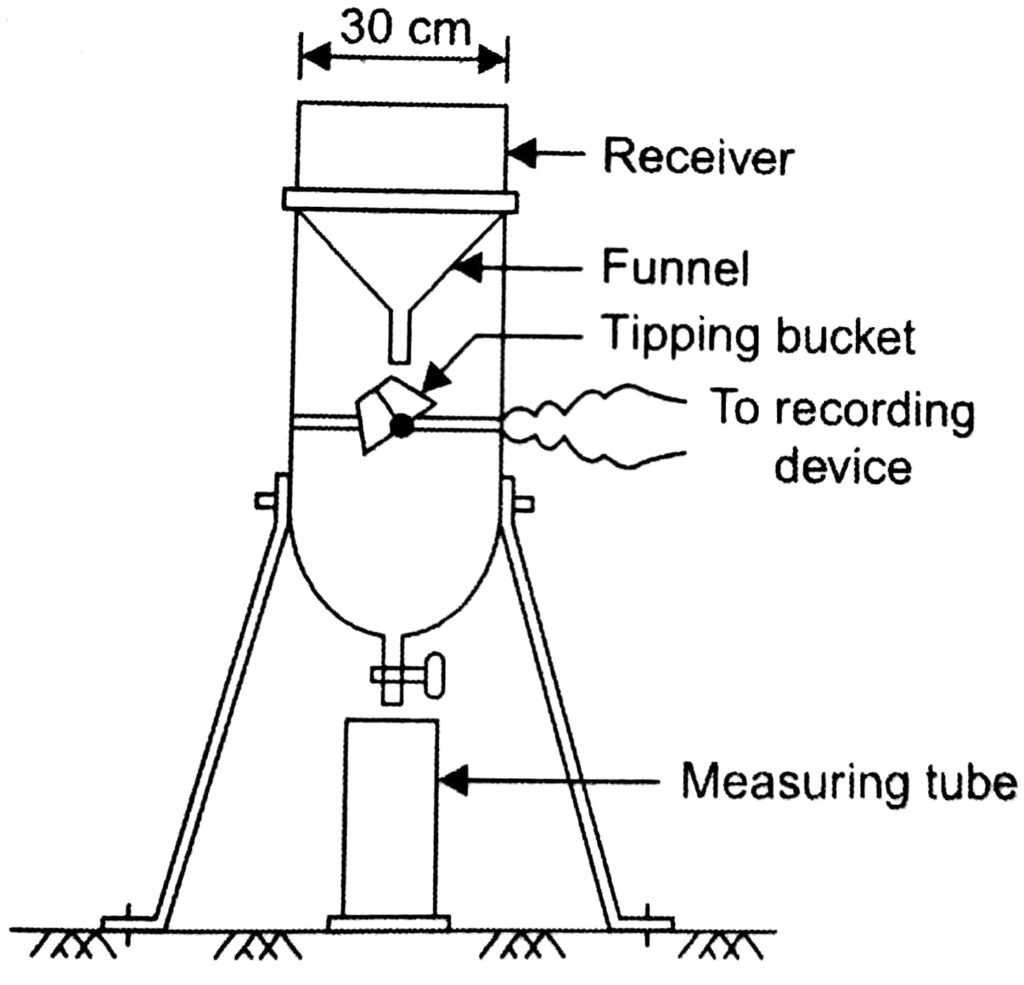Unveiling the Scientific Research Behind Rainfall Evaluates: Exactly How These Instruments Play a Crucial Duty in Environment Research Study and Ecological Monitoring
Rain gauges, relatively basic devices, hold a profound relevance in the world of environment research and environmental tracking. As we peel off back the layers of this scientific veil surrounding rain assesses, we uncover a world where precision, data precision, and thorough monitoring converge to unveil a deeper understanding of our transforming climate and its influence on the planet.
Value of Rain Scales
Rain assesses play an important function in tracking and determining rainfall degrees, giving vital information for climate study and analysis. These devices are basic in evaluating the quantity of rainfall that takes place in a details area over a certain period. By accumulating and gauging rainwater, rainfall assesses deal important understandings into the distribution and intensity of rainfall, assisting meteorologists, hydrologists, and climatologists in recognizing weather patterns and patterns.
Additionally, long-term information gathered from rain gauges helps in assessing environment change influences and patterns, contributing significantly to clinical study and decision-making procedures. In significance, rain determines serve as necessary devices in the field of meteorology and environmental scientific research, playing a critical duty in progressing our understanding of climate and climate characteristics.
Kinds Of Rain Gauges

Performance and Operation
In the world of climate research and meteorological research studies, the efficiency of rain determines lies in their detailed capability and exact functional devices. Rainfall determines are created to properly measure the amount of rainfall that drops over a details area during a collection duration.
The performance of rainfall evaluates is based on the principle of determining and gathering rain in a standard fashion. This gathered information is vital for recognizing regional weather condition patterns, tracking long-lasting climate trends, and analyzing ecological effects. To make certain exact measurements, rainfall determines requirement to be strategically placed in open locations far from obstructions such as buildings or trees that might hinder the collection procedure.
The operational element of rain assesses includes normal maintenance to stop debris accumulation, calibration checks to preserve measurement accuracy, and data tape-recording for analysis (rain gauge). On the whole, the performance and operation of rainfall find more gauges are crucial for gathering trustworthy rainfall information vital to climate study and ecological surveillance
Duty in Environment Research
Provided the important importance of precise precipitation measurements in understanding weather patterns and environmental effects, the role of rainfall evaluates in environment research study is crucial. Rain evaluates provide necessary information for environment research study by quantifying the quantity of precipitation that drops over a specific location throughout a provided period. This information is important for monitoring long-term trends in precipitation patterns, analyzing the impact of climate adjustment on rains distribution, and boosting climate models.

Environment scientists make use of data gathered from rainfall evaluates to examine variations in rainfall degrees, recognize regional environment trends, and examine the efficiency of water source monitoring strategies. By comparing historical precipitation data with current dimensions, researchers can spot shifts in rainfall patterns, such over at this website as modifications in the regularity or intensity of rains events. This information is important for comprehending how environment adjustment is influencing rainfall dynamics and can help policymakers make educated choices pertaining to adaptation and mitigation techniques.
Applications in Ecological Tracking

In flood forecasting, rain gauge data helps to track rains intensity and distribution, permitting authorities to issue prompt cautions and take essential steps to reduce flooding dangers (rain gauge). Dry spell monitoring relies upon rain gauge data to examine moisture degrees in the dirt and track precipitation deficits, aiding in the identification of drought-prone areas and the application of drought feedback strategies
Moreover, rainfall gauge information plays an essential role in water resource monitoring by offering info on water schedule and usage fads. This data is made use of to make informed decisions regarding water allowance, preservation steps, and sustainable water resource planning. In addition, in agriculture, rainfall scale information helps farmers in enhancing watering schedules, plant choice, and general ranch monitoring methods based on regional rainfall patterns. Generally, rain determines are crucial tools in ecological browse around this site surveillance, offering beneficial insights that add to notified decision-making and sustainable resource monitoring.
Conclusion
To conclude, rain evaluates are vital tools for gauging rainfall, supplying valuable data for environment research study and environmental monitoring. With different kinds and functionalities, rain gauges play an important duty in comprehending rainfall patterns and their influence on the setting. By properly measuring rainfall, these devices add to the advancement of scientific knowledge and help in making informed decisions associated to water source management and disaster preparedness.
Rainfall evaluates play a crucial function in surveillance and gauging rainfall degrees, giving essential information for climate research study and evaluation. The conventional rain scale, known as the "tipping bucket" gauge, is one of the most frequently used devices. Ultrasonic rainfall gauges usage audio waves to identify the existence of rain, offering real-time information on precipitation levels.Climate scientists make use of data collected from rainfall gauges to examine variants in precipitation degrees, identify local environment trends, and assess the efficiency of water source monitoring methods.In final thought, rainfall assesses are vital devices for gauging rainfall, providing useful data for environment study and ecological surveillance.